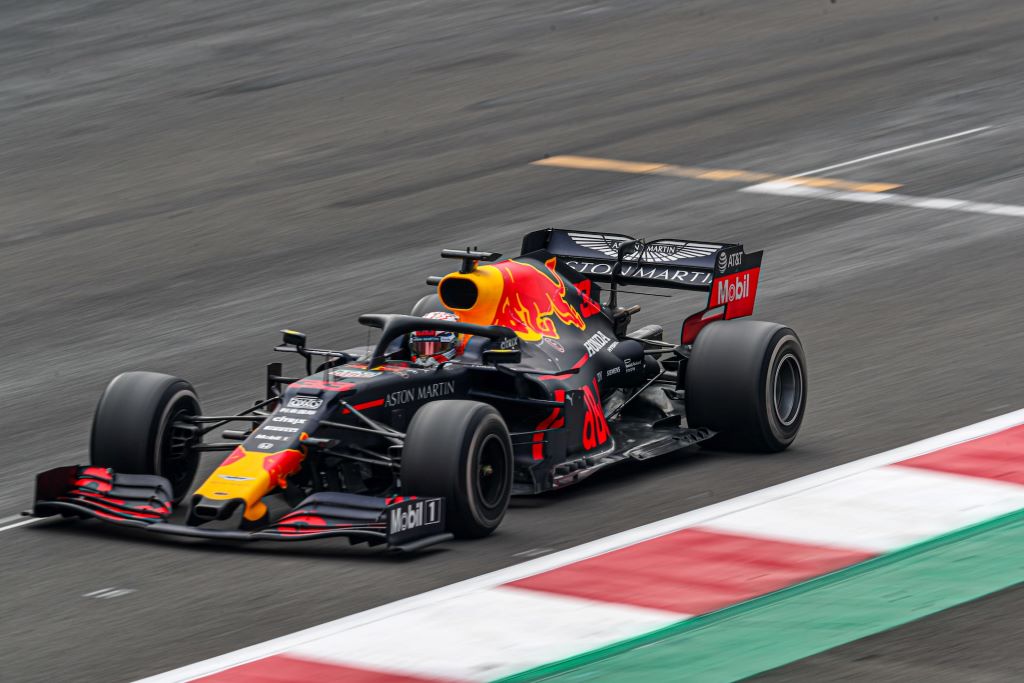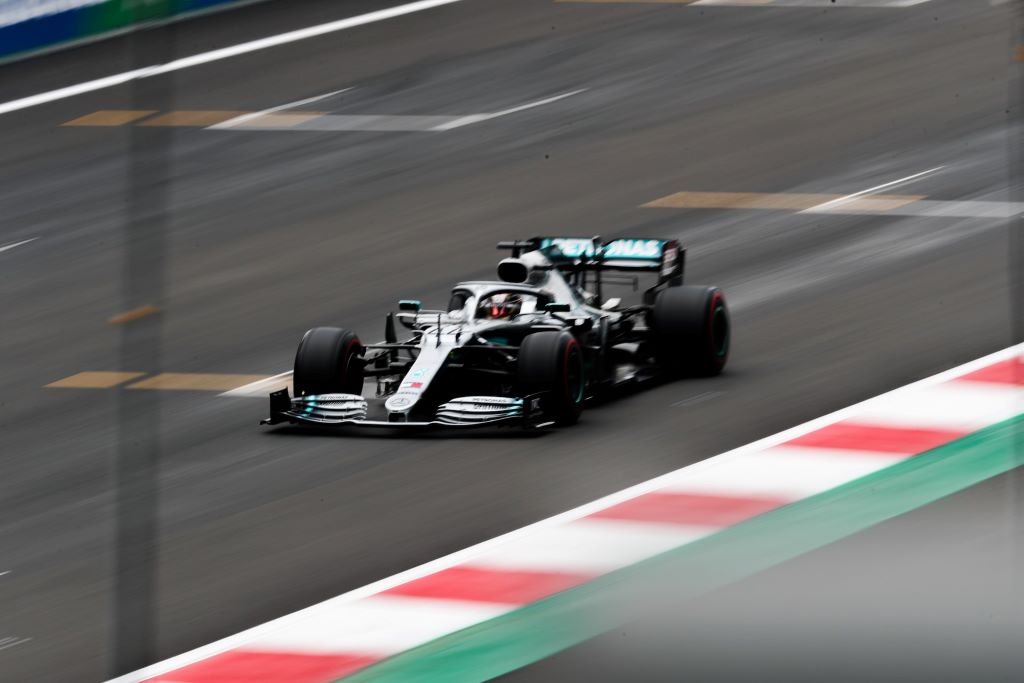
Formula One racing is one of the most popular sports in the world. It has captivated audiences for decades with its thrilling races and colorful characters. But now, a new era of Formula One racing is emerging that promises to redefine how fans experience the sport.
With advances in technology, sports broadcasting and streaming services have been revolutionized and Formula One’s success will depend on leveraging these trends to engage viewers around the globe. The following article explores how today’s Formula One landscape is being changed by technological advancements—and what this means for both racers and spectators alike.
The global reach of Formula One was never more evident than during last year’s championship season when Lewis Hamilton took home his sixth Drivers’ Championship title. This victory marked an important milestone not only for Hamilton but also for F1 as it provided proof of their ability to capture a worldwide audience through digital media platforms like YouTube, Facebook, and Twitter.
As teams sought out innovative ways to connect with potential viewers across continents, broadcasters began experimenting with cutting-edge technologies such as 4K Ultra HD streaming capabilities, 360-degree views from inside the cockpit, live track updates via augmented reality apps and virtual race day experiences in VR headsets.
In recent years, broadcast quality and accessibility have been drastically improved – driven in part by Sports Broadcasting with Seven Production – Formula One (F1) in Abu Dhabi. In addition, the racing industry has seen several innovations such as autonomous cars equipped with advanced AI systems, driverless races powered by artificial intelligence, and interactive games that allow players to track data remotely. These advancements point towards a new era of sports broadcasting that offers immersive engagement for viewers from all corners of the globe.
History Of Formula One Racing
Formula One racing is like a time machine, taking us back to the days of grandeur and glamour. It has been around since the 1950s, when it was created by the FIA in order to be an international standard for motor racing. Over 60 years later, Formula 1 races have become some of the most watched events on television with millions tuning into watch every race.
The F1 Grand Prix has come a long way since its inception. It now consists of 19 races throughout different countries all over the world including Australia, Canada, Monaco and more. Races are also held at night – something that wasn’t possible until recently due to advances in lighting technology. The rules and regulations governing these races are constantly being updated and improved as teams look for ways to gain an advantage over their competitors.
What started off as a simple idea has grown into a worldwide phenomenon that brings together fans from all walks of life; it captures our imaginations year after year with its speed, excitement and drama. As we move towards a new era of broadcasting coverage, let’s take a closer look at how technology can further revolutionize this sport.
Impact Of Technology On Broadcast Coverage
The advent of technology has revolutionized sports broadcasting, especially the coverage of Formula One racing. There is a long-held belief that television and radio broadcasts have helped increase interest in motorsports, but it remains to be seen whether or not this theory holds true. In order to investigate this notion further, one must look at how modern broadcast solutions are impacting F1 coverage both onscreen and off.
When considering the impact of technology on broadcast coverage, it is important to consider the tools available for capturing footage from inside the cockpit and around the race track itself. The use of high-definition cameras, drones and other specialized equipment allows viewers to experience every moment as if they were there in person with unprecedented accuracy.
Additionally, real-time data analysis gives fans an insight into what’s happening during each lap so they can gain a deeper understanding of the strategies behind each driver’s performance. This helps create an immersive viewing experience that captures all aspects of professional racing – something which would not have been possible before technological advances made these innovations accessible.
Thanks to cutting edge technologies such as livestreaming capabilities and virtual reality features, watching Formula One races now offers audiences a unique opportunity to dive deep into the action like never before – no matter where they may find themselves located geographically.
Such advanced broadcast solutions allow viewers access to exclusive content that was once limited only to those present at the racetrack itself. With its increasing popularity amongst global audiences, Formula One Racing has become much more than just a sport; it’s grown into an interactive multimedia entertainment platform unmatched by any other form of media today. As we move forward towards new heights in broadcasting excellence, it will be interesting to see how far these advancements take us and what kind of benefits future generations will reap from them.
These developments have certainly shifted our perception about sports broadcasting forever – making way for improved viewer experiences while also highlighting some of the greatest achievements in modern communication systems today. Looking ahead, let’s explore how these innovative solutions are providing even greater advantages for race watchers everywhere…
Benefits Of Advanced Broadcast Solutions
The development of advanced broadcast solutions has meant a huge shift in how Formula One racing and sports broadcasting is experienced. In addition to providing viewers with access to live events, these new technologies have opened up exciting possibilities for content producers to create engaging experiences that reach beyond traditional television broadcasts.
By leveraging cutting-edge technology such as high-definition cameras, virtual reality capabilities, and sophisticated post-production tools, broadcasters can now provide fans with an immersive experience like never before. Fans are able to interact directly with the action on screen by viewing replays from multiple camera angles or joining in commentaries hosted by experts across different platforms. The result? A captivating and personalised viewing experience tailor made for each fan’s specific interests.
This revolution in broadcasting coverage makes it easier than ever for viewers to stay connected with their favourite teams and players while enjoying all the thrills of F1 racing without having to be at the track itself. With this enhanced level of engagement comes great potential for businesses looking to capitalise on the popularity of sports broadcasting. To make sense of how best to do so, it’s important firstly to understand the business of sports broadcasting.
Understanding The Business Of Sports Broadcasting
Sports broadcasting has taken a turn for the bizarre in recent years, with broadcasters vying to outdo each other and revolutionize the industry. We’ve seen attempts at formulating an entire system of rule-based broadcasting, complete with arbitrary penalties and points systems that are all designed to make sure sports broadcasting remains as confusing as possible.
But beneath this veneer of absurdity lies a complex business model built on understanding consumer needs, predicting future trends, and staying ahead of competitors in order to maximize profits. Sports networks have become adept at utilizing advanced broadcast solutions to deliver live events quickly and accurately, ensuring viewers receive maximum enjoyment from their chosen sport or event. Analyzing viewership data allows them to hone their approach even further, increasing engagement levels among fans while allowing sponsorships to be tailored more effectively.

It’s clear then that behind every successful sports broadcast is a deep knowledge of what makes people tick – which can only come through careful examination and analysis of current market conditions. For those looking to get involved in the world of sports broadcasting, it’s vital they understand these factors before taking any steps forward – otherwise they may find themselves lost in an ever-evolving landscape without any idea of how best to move forward.
Challenges Of Sports Broadcasting
The business of sports broadcasting has always been a challenge in terms of providing the audience with an immersive experience. With the advent of Formula One racing and its associated sports broadcasts, this challenge is now greater than ever before – like trying to fit a square peg into a round hole. As audiences become more sophisticated and demanding, broadcasters have had to up their game in order to keep viewers plugged in.
From coordinating broadcast teams at races all over the globe, to ensuring seamless streaming capabilities for digital platforms, every stage of production needs to be precisely planned and executed if broadcasters are going to keep pace with viewer expectations. Furthermore, with technological advances such as 5G networks and augmented reality tools, broadcasters need to stay abreast of the latest innovations so they can provide fans with new ways to engage with content.
Sports broadcasting remains an ambitious undertaking that requires determination from all involved parties in order for it to reach its full potential. To explore how far we’ve come, and where we may go next when it comes to Formula One racing and sports broadcasting – let us take a journey through time…
Exploring The Future Of Formula One Racing And Sports Broadcasting
Sports broadcasting and Formula One racing have both been drastically redefined in recent years. From the introduction of advanced technology to greater access for fans, these industries are continuing to evolve with no signs of slowing down. As we look ahead into the future, exploring what lies ahead can help ensure that these two areas remain at the forefront of innovation.
Parallelism is key to understanding how Formula One racing and sports broadcasting can coexist, grow, and continue to redefine our expectations. In Formula One racing, advancements such as virtual reality replays and augmented track-side experiences are revolutionizing spectatorship while continuing to make the sport more immersive than ever before.
Meanwhile in sports broadcasting, new opportunities like streaming services allow users unprecedented control over their viewing experience by providing them with on-demand content whenever they want it.
The combination of these groundbreaking technologies has led to a wide range of possibilities for both industries. With increased accessibility for viewers around the world comes an increasing demand for innovative ways to engage audiences through creative broadcast methods or enhanced fan engagement initiatives. By utilizing advances from each field together, exciting new ideas could be created that would push both industries even further forward than ever before possible.
Conclusion
Formula One racing has come a long way since the early days of the sport. From its emergence in the 1950s to today’s high-tech broadcast solutions, Formula One and sports broadcasting have been completely redefined by advancements in technology. High quality broadcasts now give fans an immersive experience that brings them closer to their favorite drivers than ever before.
Sports broadcasting is like a finely tuned engine; all parts need to come together perfectly for it to work properly. This means understanding not only technology but also the business side of things, so broadcasters can maximize success while ensuring their audience receives great entertainment value every time they tune in.
The future of Formula One and sports broadcasting looks bright as viewers are sure to benefit from further advances in tech and new ways of experiencing races firsthand. Metaphorically speaking, this journey is just beginning – with plenty more exciting laps around the track ahead!









